Blue And Purple Hydrangeas: The Ultimate Guide To Growing These Stunning Flowers
Introduction
Hydrangeas are some of the most popular flowering shrubs in the world. They are known for their large, showy blooms that come in a variety of colors, including blue, purple, pink, and white. Hydrangeas are also relatively easy to care for, making them a great choice for beginner gardeners.
In this blog post, we will discuss everything you need to know about growing blue and purple hydrangeas. We will cover topics such as:
- The different types of blue and purple hydrangeas
- How to choose the right location for your hydrangeas
- How to amend your soil to get the right pH level
- How to water and fertilize your hydrangeas
- How to prune your hydrangeas
- How to protect your hydrangeas from pests and diseases
Main Content
Types of Blue and Purple Hydrangeas
There are many different types of blue and purple hydrangeas, each with its own unique characteristics. Some of the most popular varieties include:
- Bigleaf hydrangeas (Hydrangea macrophylla) are the most common type of hydrangea. They have large, round blooms that can be up to 12 inches in diameter. Bigleaf hydrangeas come in a variety of colors, including blue, purple, pink, and white.
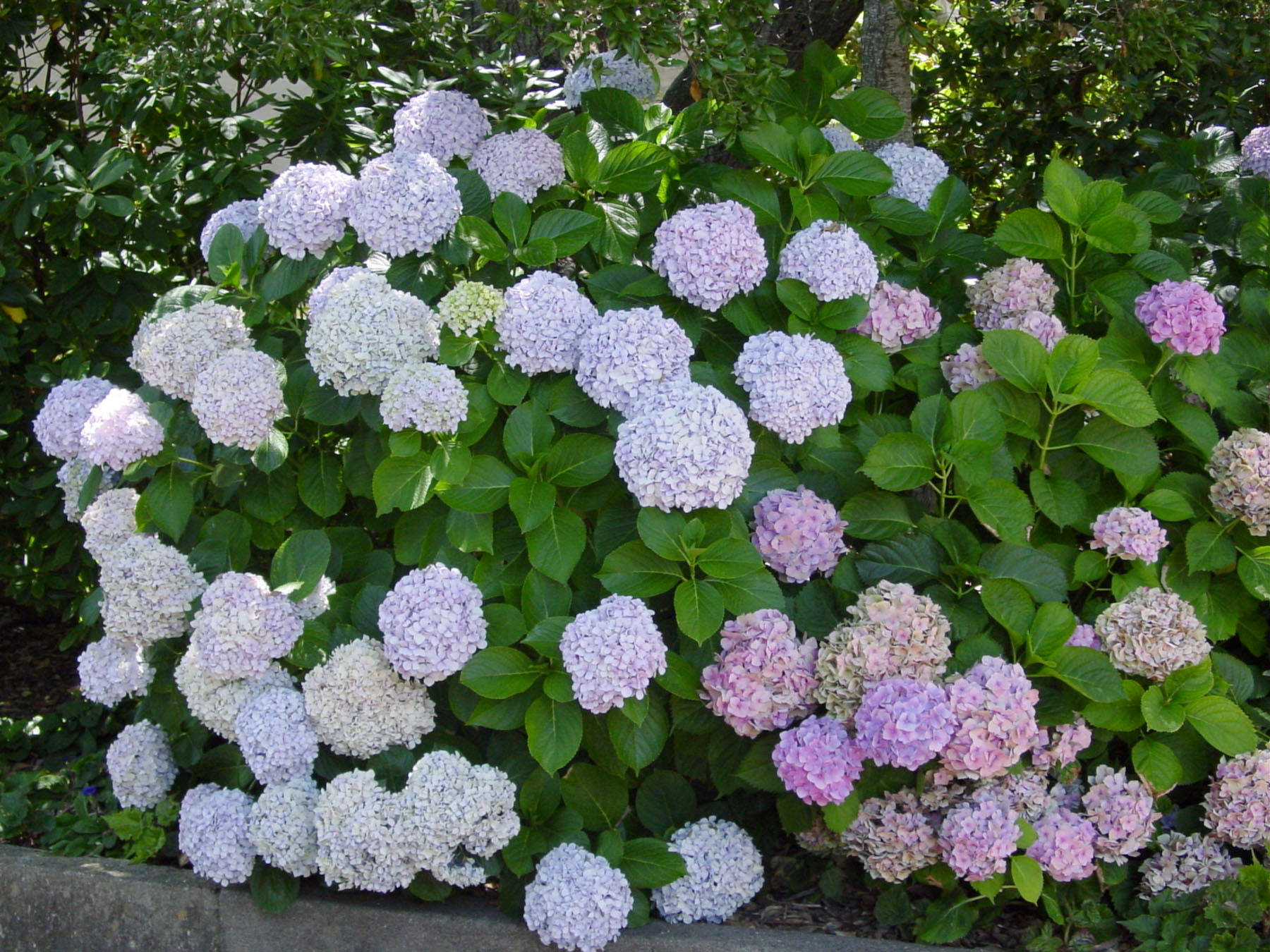
- Panicle hydrangeas (Hydrangea paniculata) have large, conical blooms that can reach up to 2 feet in length. Panicle hydrangeas typically bloom in white or pink, but some varieties can also produce blue flowers.
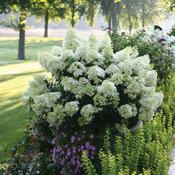
- Smooth hydrangeas (Hydrangea arborescens) are a type of hydrangea that is native to North America. They have small, white flowers that are clustered together in small heads. Smooth hydrangeas are a good choice for gardeners who want a low-maintenance hydrangea.
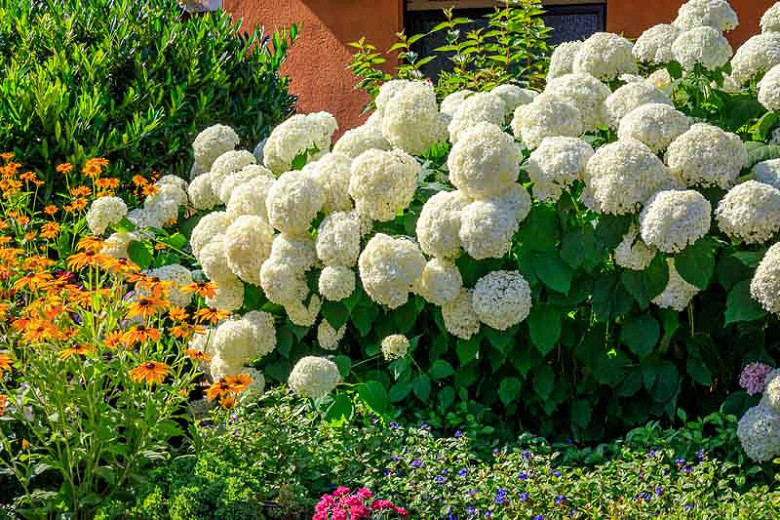
- Oakleaf hydrangeas (Hydrangea quercifolia) have large, oak-shaped leaves and small, white flowers that are clustered together in small heads. Oakleaf hydrangeas are a good choice for gardeners who want a hydrangea that will add some fall color to their garden.
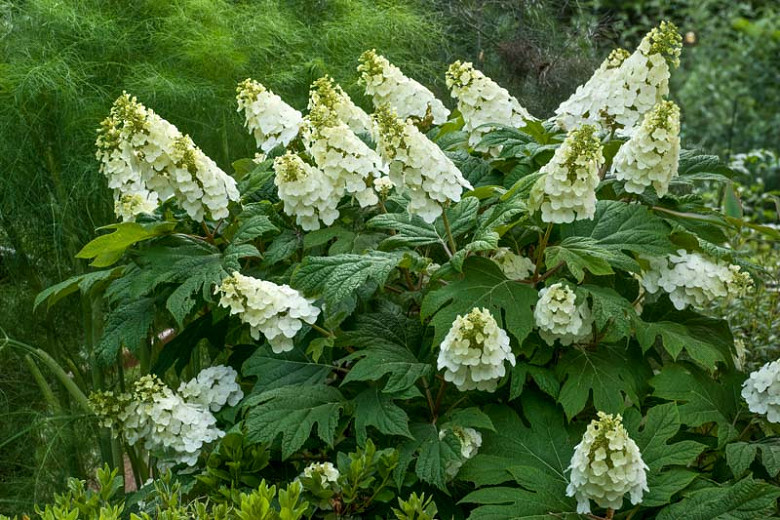
Choosing the Right Location
Blue and purple hydrangeas prefer partial shade to full shade. They will tolerate full sun, but they will not bloom as well. Hydrangeas also prefer moist, well-drained soil. If your soil is sandy or clayey, you will need to amend it with organic matter before planting your hydrangeas.
Amending Your Soil
The pH of your soil is important for determining the color of your hydrangeas. Blue hydrangeas will bloom blue in soil with a pH of 5.5 or lower. Purple hydrangeas will bloom purple in soil with a pH of 6.0 to 6.5. If your soil is alkaline, you will need to amend it with sulfur or aluminum sulfate to lower the pH.
Watering and Fertilizing
Hydrangeas need regular watering, especially during the first year after planting. Once established, they will need about 1 inch of water per week. You can fertilize your hydrangeas in the spring with a balanced fertilizer.
Pruning
Hydrangeas can be pruned in the spring or fall. If you want to encourage large blooms, you should prune your hydrangeas in the spring. If you want to control the size of your hydrangeas, you should prune them in the fall.
Protecting from Pests and Diseases
Hydrangeas are relatively resistant to pests and diseases. However, they can be susceptible to hydrangea leaf spot, powdery mildew, and aphids. If you notice any problems with your hydrangeas, you should treat them immediately.
Conclusion
Blue and purple hydrangeas are beautiful and easy-to-care-for shrubs that can add a touch of elegance to any garden. By following the tips in this blog post, you can successfully grow blue and purple hydrangeas in your own garden.
Blue and purple hydrangeas are some of the most beautiful flowers in the world. Their delicate petals can range in color from a light lavender to a deep indigo, and they make a stunning addition to any garden.
If you're interested in learning more about blue and purple hydrangeas, I recommend visiting . This website has a wealth of information about these beautiful flowers, including their history, care, and cultivation.
You'll also find a variety of articles and videos on , so you can learn everything you need to know about growing blue and purple hydrangeas in your own garden.
FAQ of blue and purple hydrangeas
FAQs about Blue and Purple Hydrangeas
Q: What causes blue hydrangeas?
A: The color of hydrangea blooms is determined by the acidity of the soil. In strongly acid soil (pH below 6), flowers turn blue. In alkaline soil (pH above 7), flowers turn pink. In neutral soil (pH 6-7), flowers may be blue, pink, or purple.
Q: How can I make my hydrangeas blue?
A: There are a few ways to make your hydrangeas blue. One way is to add aluminum sulfate to the soil. Another way is to water your hydrangeas with rainwater or distilled water. You can also try adding chelated iron to the soil.
Q: How can I make my hydrangeas purple?
A: To make your hydrangeas purple, you can add lime to the soil. You can also try watering your hydrangeas with well water or tap water.
Q: What are some other factors that affect the color of hydrangeas?
A: The color of hydrangeas can also be affected by the type of hydrangea, the amount of sunlight it receives, and the temperature. For example, some types of hydrangeas, such as the mophead hydrangea, are more likely to turn blue than others. Hydrangeas that receive more sunlight tend to be pinker, while those that receive less sunlight tend to be bluer.
Q: How can I care for my blue and purple hydrangeas?
A: Blue and purple hydrangeas are relatively easy to care for. They need full sun to partial shade and well-drained soil. They should be watered regularly, especially during the summer months. You can fertilize them in the spring with a balanced fertilizer.
Image of blue and purple hydrangeas
5 different images of blue and purple hydrangeas from Pinterest:
- A large bouquet of blue and purple hydrangeas in a vase. The hydrangeas are in full bloom, with their petals cascading over the edges of the vase. The colors are a beautiful mix of blue, purple, and pink.

- A close-up of a single blue hydrangea flower. The flower is perfectly round, with its petals arranged in a spiral pattern. The color is a deep, vibrant blue.
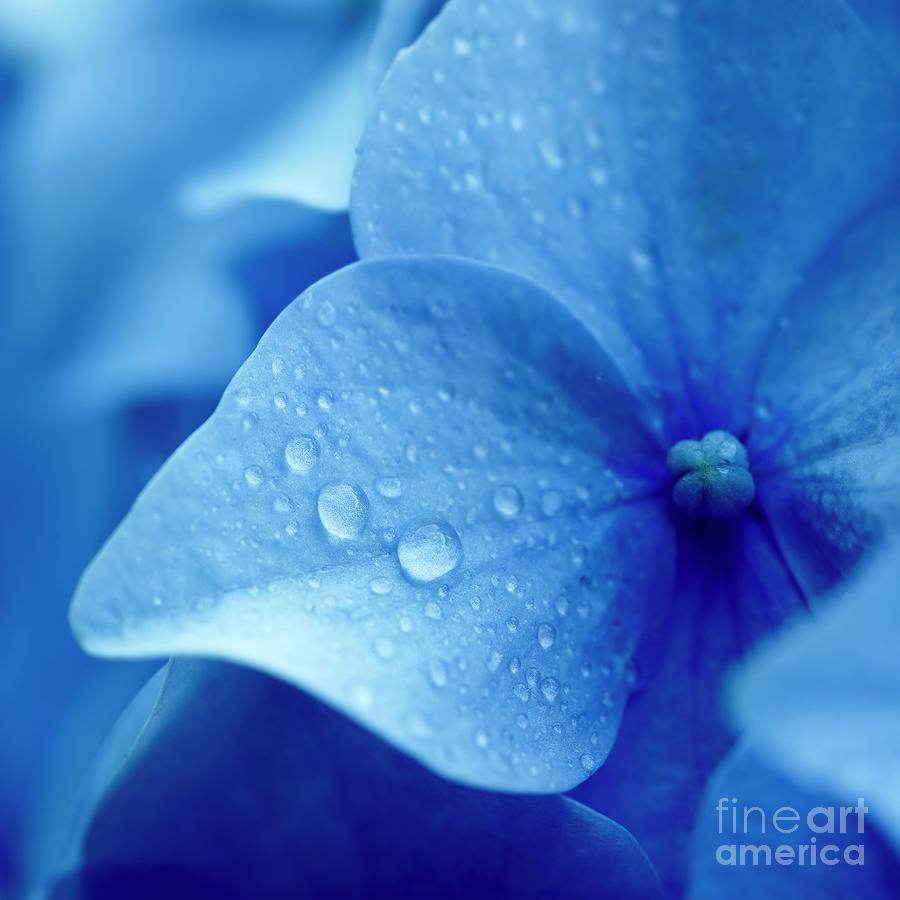
- A field of blue and purple hydrangeas in bloom. The hydrangeas are in full bloom, and their petals are a beautiful mix of blue, purple, and pink. The field is covered in a sea of color.

- A hydrangea bush with blue and purple flowers. The bush is covered in hydrangeas, and the flowers are in full bloom. The colors are a beautiful mix of blue, purple, and pink.
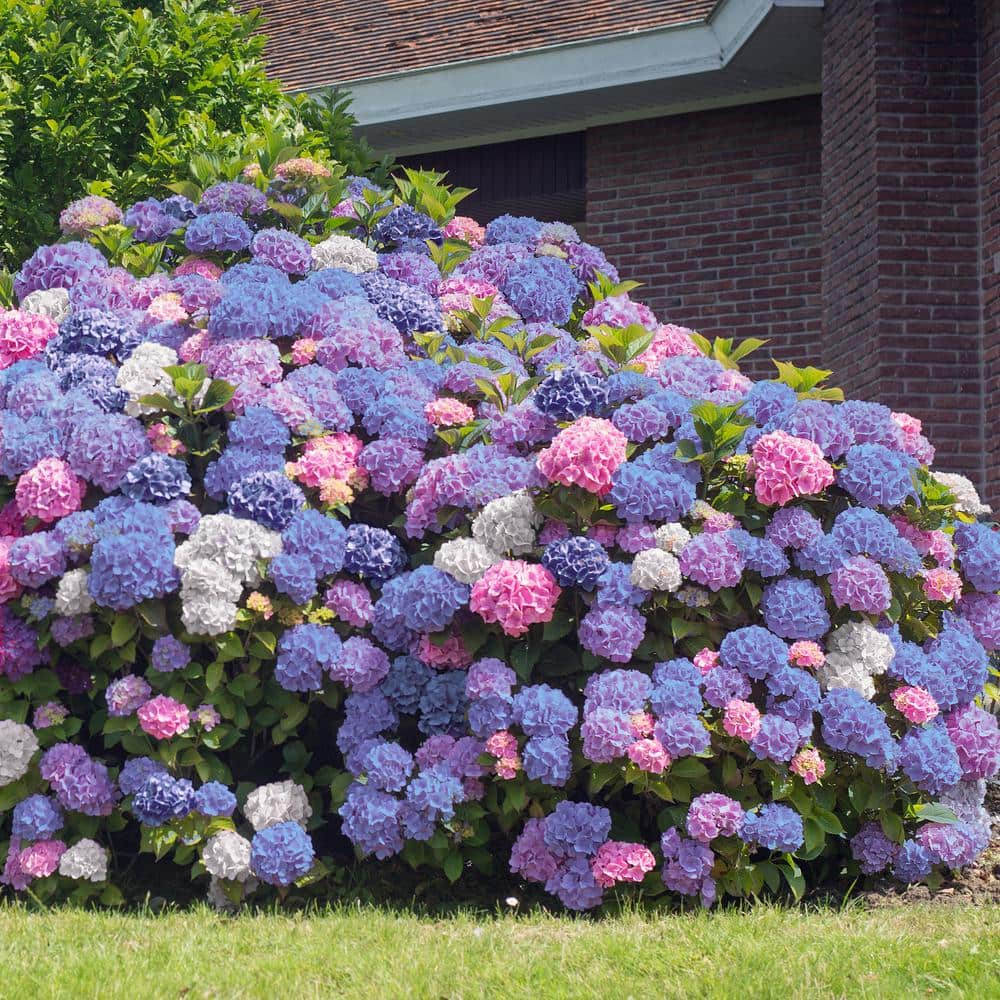
- A hydrangea arrangement in a garden. The arrangement is made up of blue and purple hydrangeas, as well as other flowers. The colors are a beautiful mix of blue, purple, and pink.
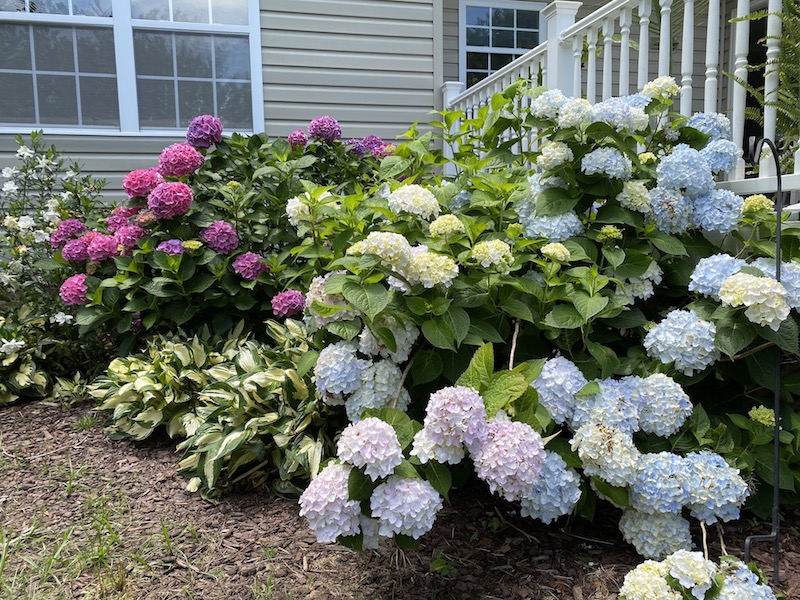
Post a Comment for "Blue And Purple Hydrangeas: The Ultimate Guide To Growing These Stunning Flowers"